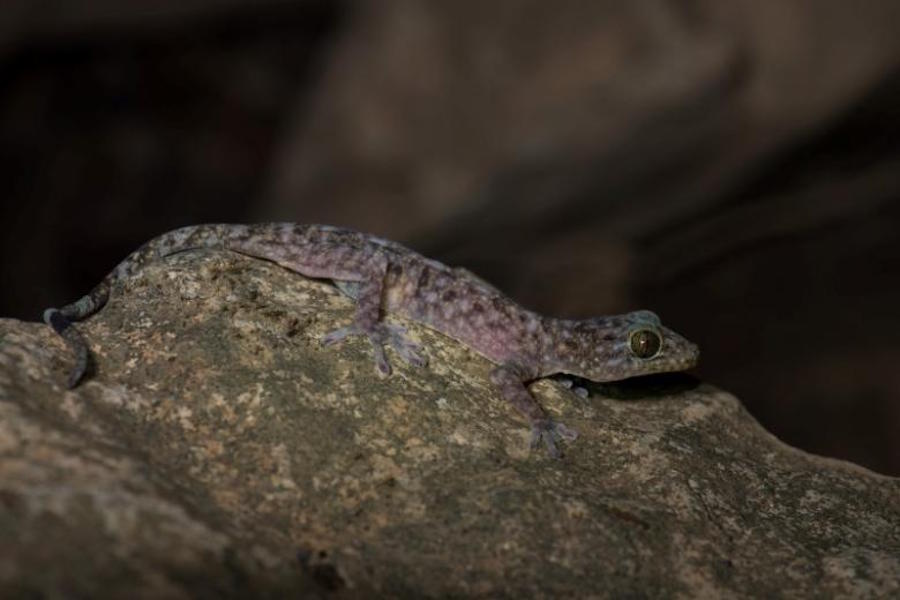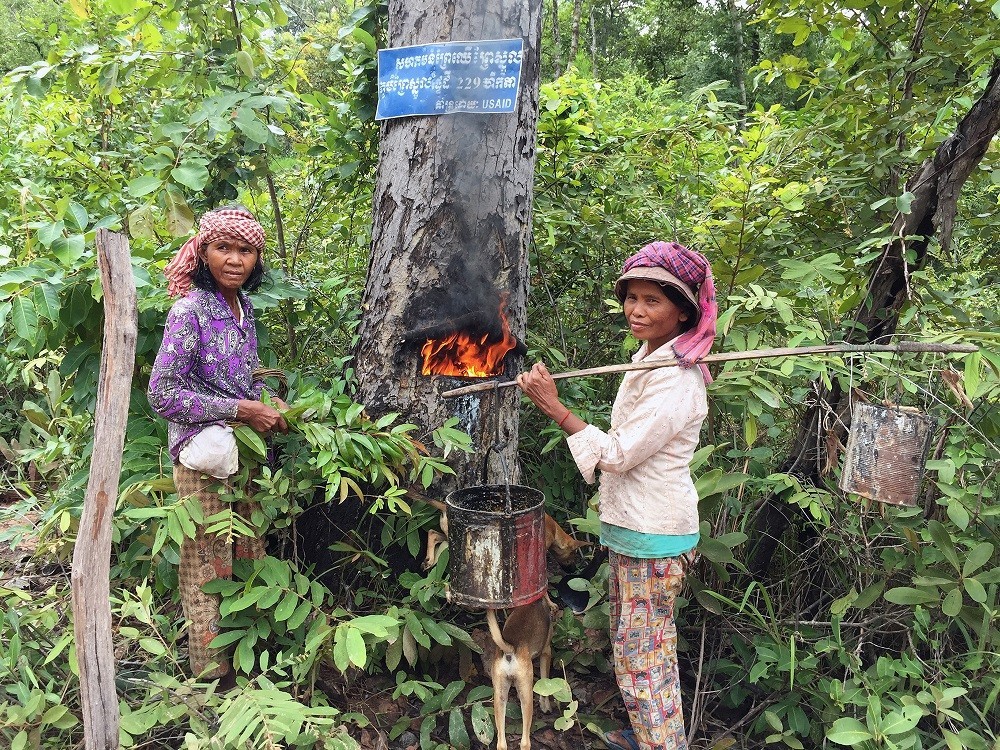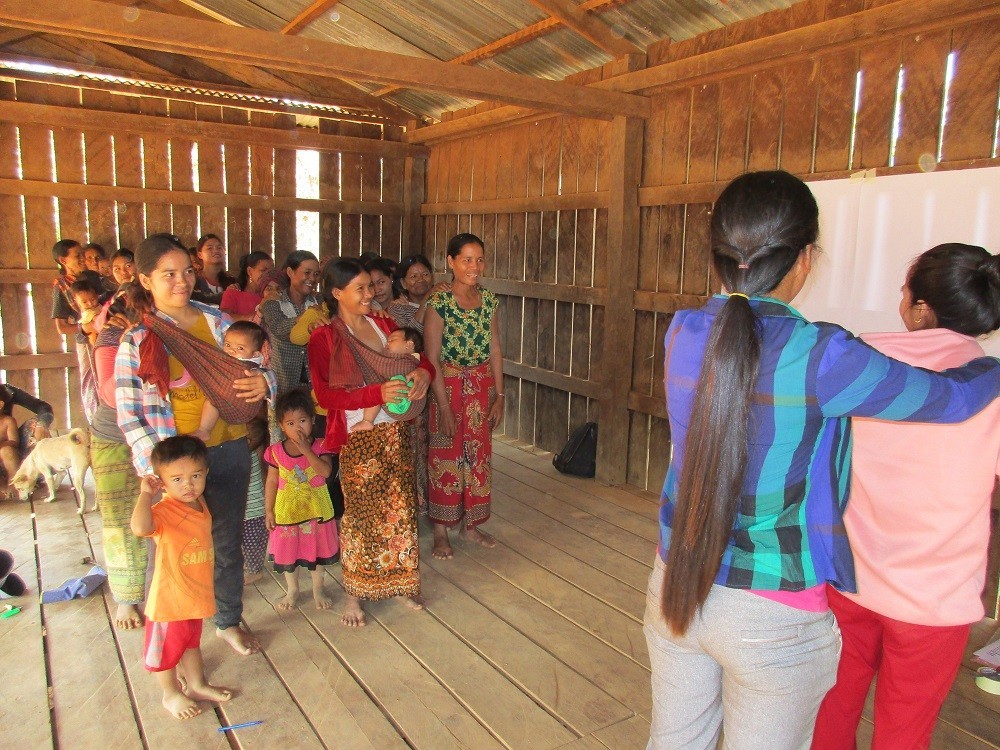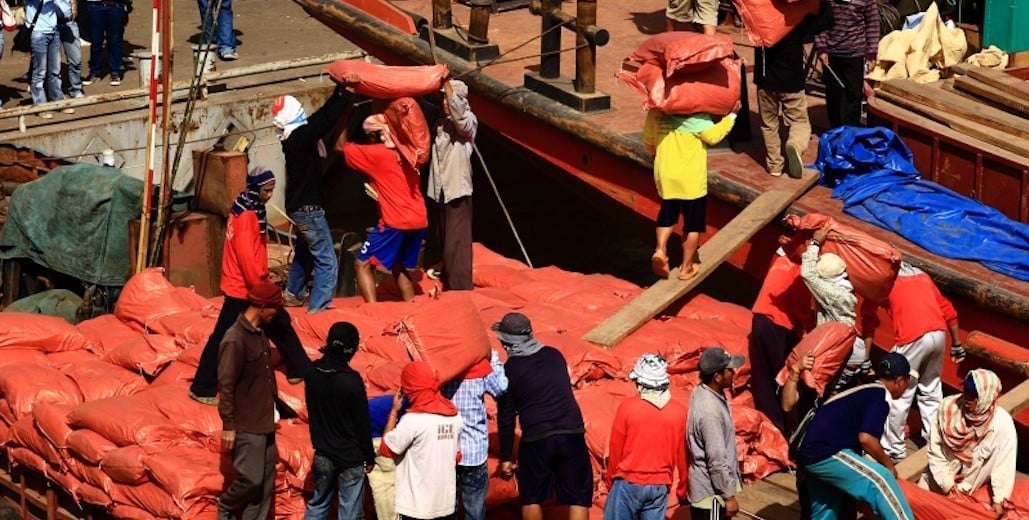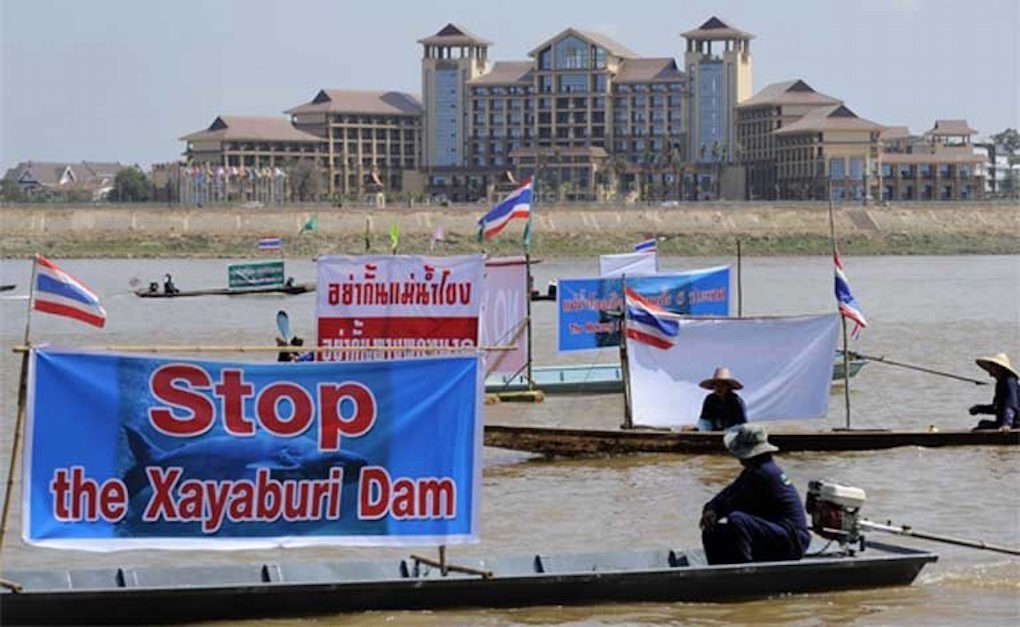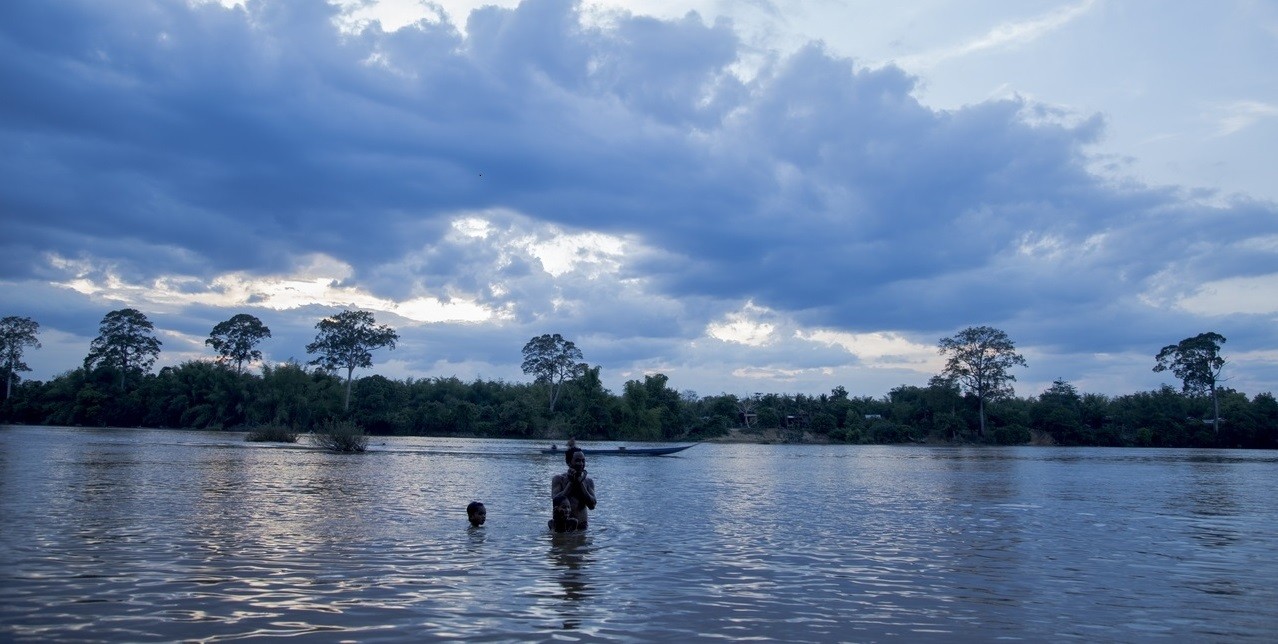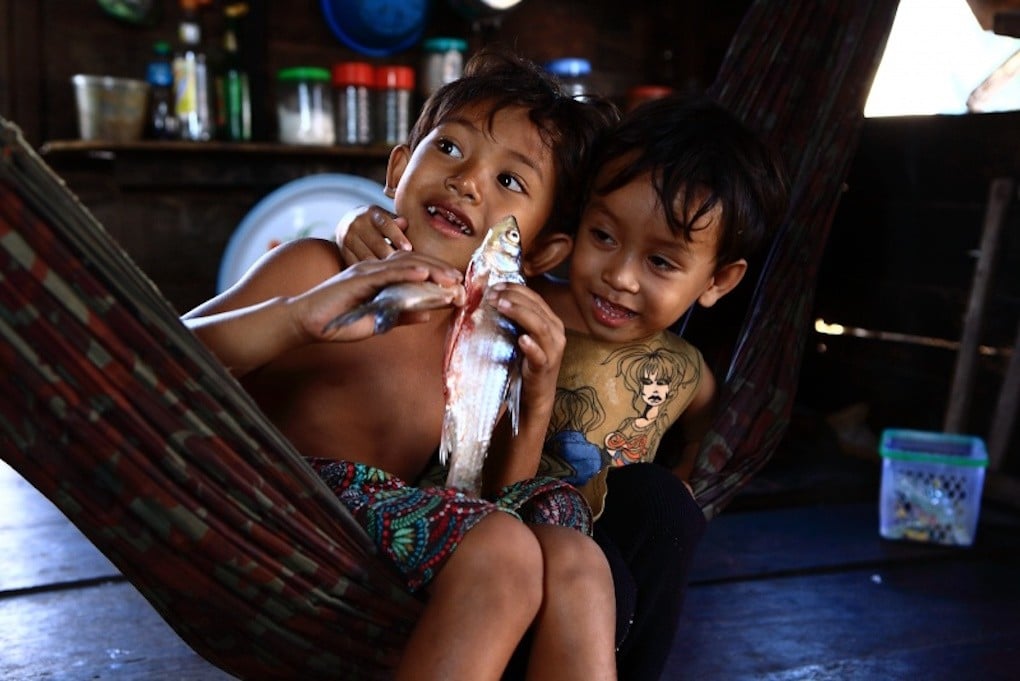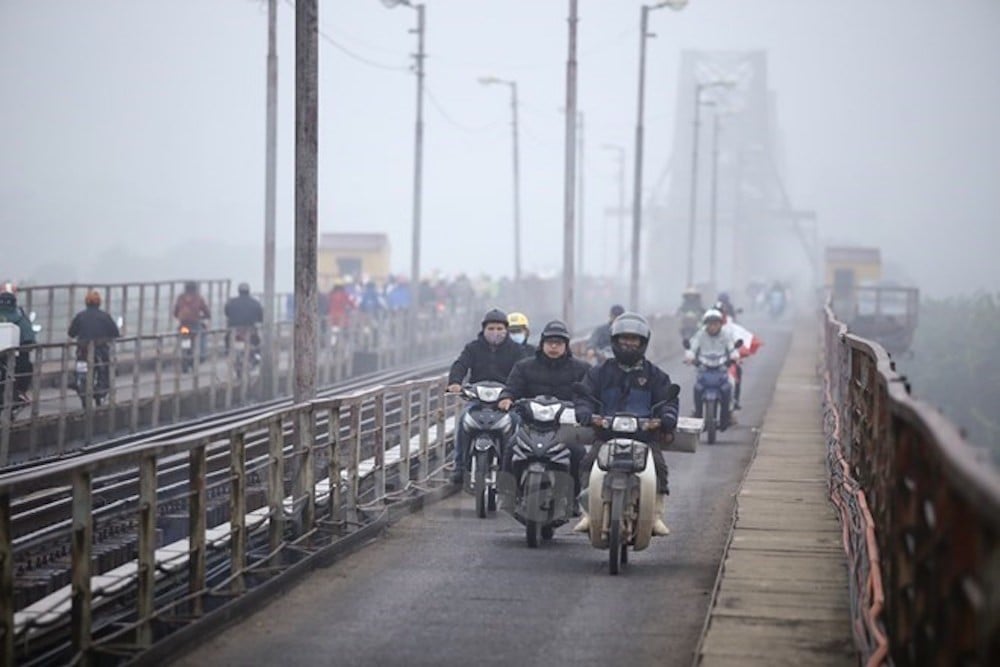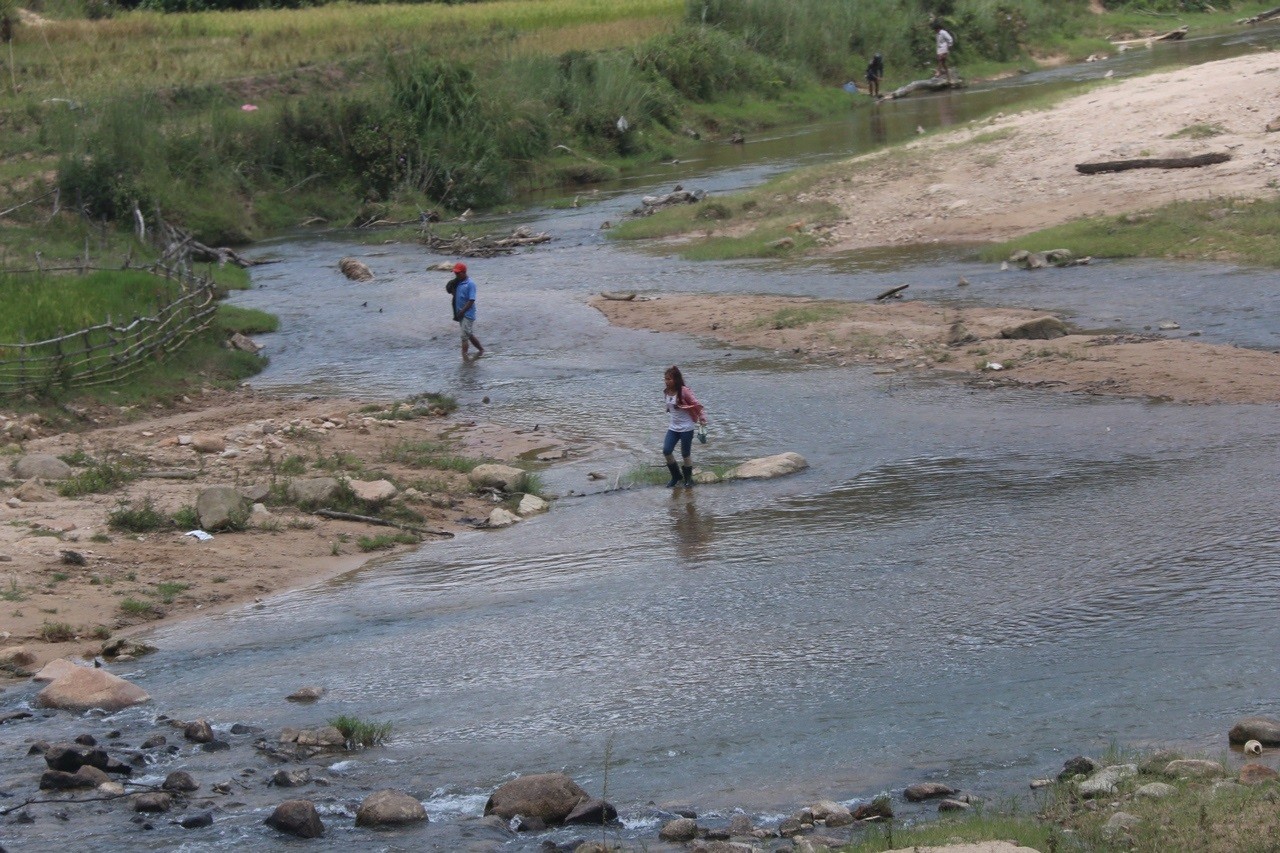A rainbow-headed snake and a dragon-like lizard are among 163 new species that scientists recently discovered in the Greater Mekong region, conservation group WWF said on Monday, adding rapid development in the area, from dams to mines, was threatening wildlife survival.
Category: Cambodia
Training Manual Helps Communities Improve Forest Governance and Livelihoods
The USAID Cambodia Supporting Forests and Biodiversity Project (USAID SFB), implemented by Winrock International improves conservation and governance of the Eastern Plains and Prey Lang Landscapes. To assist forest communities to improve governance and obtain equitable benefits from forest resources, USAID SFB developed this NTFP-Based Livelihoods Enterprise Development and Management Training Manual.
Multi-Stakeholder Dialogues Matter: A New Paradigm Towards Responsible Investment
Mekong Partnership for the Environment (MPE) partner Development and Partnership in Action (DPA) improves the ability of their network of NGOs and the public to constructively engage in the development of related EI laws and work toward effective and responsible investment.
Cambodian Environmental Journalism Network Urges More Comprehensive Coverage of Environment
While the media coverage of the environment in Cambodia is still limited, the Cambodian Environmental Journalism Network (CEJN) has urged media organizations to make more comprehensive coverage of the environment for the public in cooperation with the media in the neighboring countries.
Managing the Mekong’s Economy for Whom?
“Water is liquid capital” proclaims the lead-out of World Wide Fund for Nature’s new report “The Role of the Mekong in the Economy.” Released earlier this month at the 2016 Mekong Forum on Water, Food and Energy, the report’s findings stress that despite the Mekong’s central role to the economies of countries in the Lower Mekong Basin, river management decisions are not being coordinated with long term economic development, nor planning efforts. Unless decision makers start considering the connections between water choices and economic development, the region’s prosperity seems destined for trouble.
The media megaphone: does it help curb bad infrastructure projects?
We live today in the most explosive era of infrastructure development in human history. By mid-century the unprecedented rate of highway, dam, mine and power plant construction; along with city growth, will girdle the globe in concrete. Arguably, that burst of activity will improve the lives of millions. But it is also coming at a terrible cost to the natural world, as we lose the rainforests, estuaries, wetlands, wildlife and indigenous people of our planet.
When will a basin-scale vision for the Mekong come to reality?
The Mekong basin is being stirred up by dams, both on the mainstream and tributaries, despite the warning that they pose serious threats to an ecologically and agriculturally vital area of the world. Experts say a basin scale vision is crucial for good water governance, but when will it become a reality?
Dam’s impacts being felt
Residents of Stung Treng province’s Preah Romkil commune are reluctant to express their concerns over Laos’s Don Sahong hydropower dam since it was endorsed last month by Prime Minister Hun Sen, despite the impacts of the dam already being keenly felt, activists and researchers said yesterday.
Hun Sen last month announced his support of the controversial project, expressing hope that Lao would sell electricity to Cambodia at a low price, but activist Chum Hout said yesterday that since the endorsement, community members are fearful of lodging complaints. “We appeal to Samdech [Hun Sen] to stop supporting this project . . . Fishing has seriously fallen,” Hout said.
New Mekong pact to boost capitals’ connectivity
A major expansion of economic-corridor networks and new areas for economic investment valued at US$32.6 billion (Bt1.2 trillion) will strengthen links between the capital cities of Mekong countries, according to the agreement revealed at the 21st Greater Mekong Subregion (GMS) Ministerial Conference in Chiang Rai province yesterday.
The risks of diverting water
Thuong Kon Tum dam, which is built in the Dak Snghe River watershed, is one of the biggest hydropower projects in the basin of the Se San river. The effect of the dam is still questionable but it raises concerns about environmental impacts as the project will take more than 382ha of watershed protection forests in Kon Tum province and divert water into the Tra Khuc river in Quang Ngai province.


